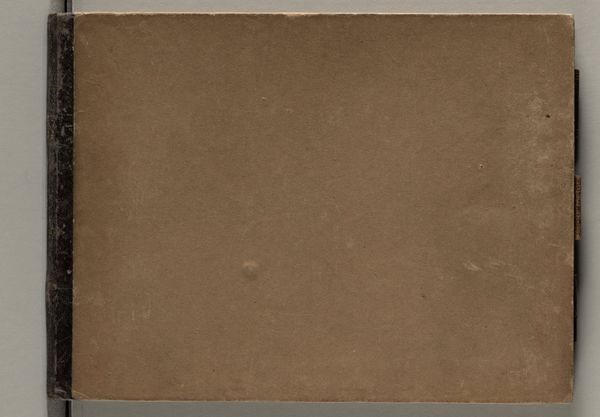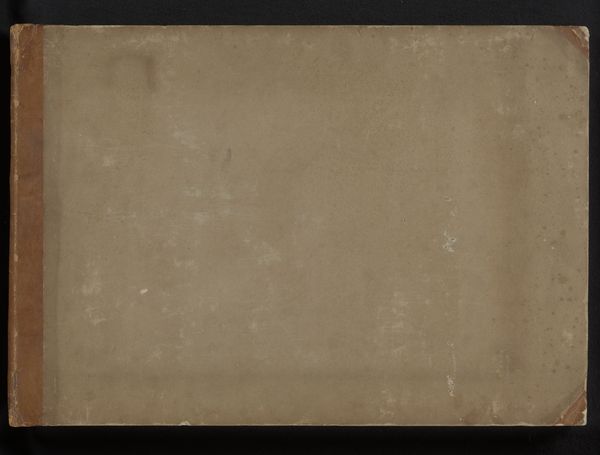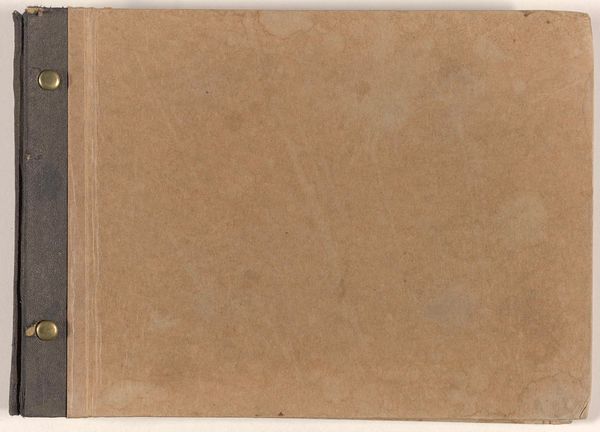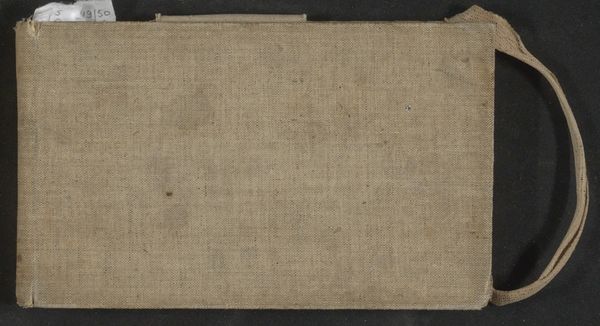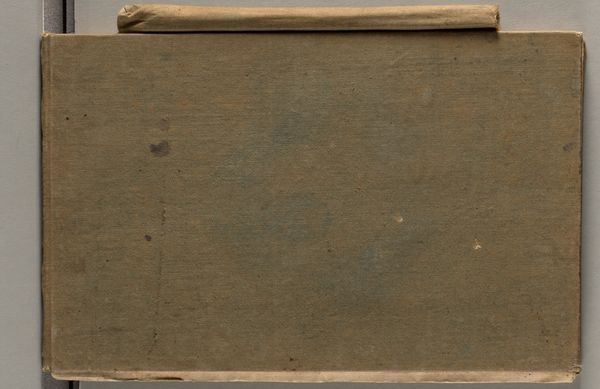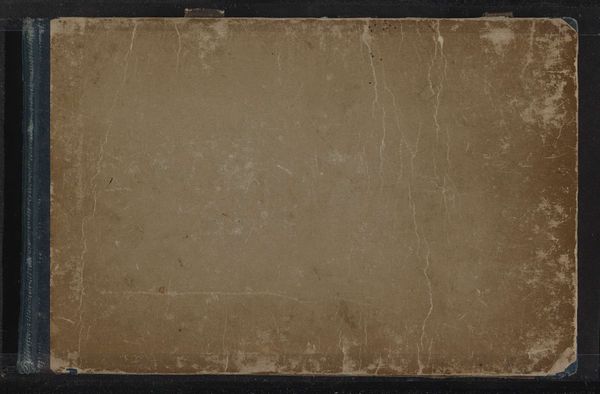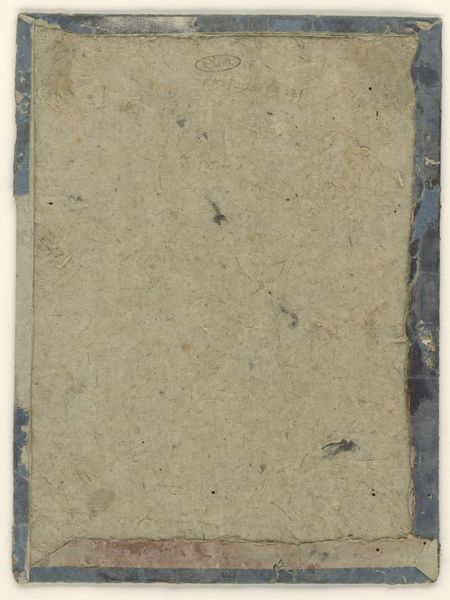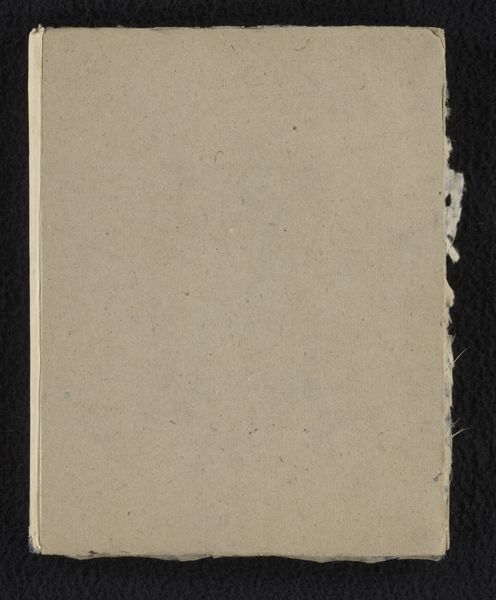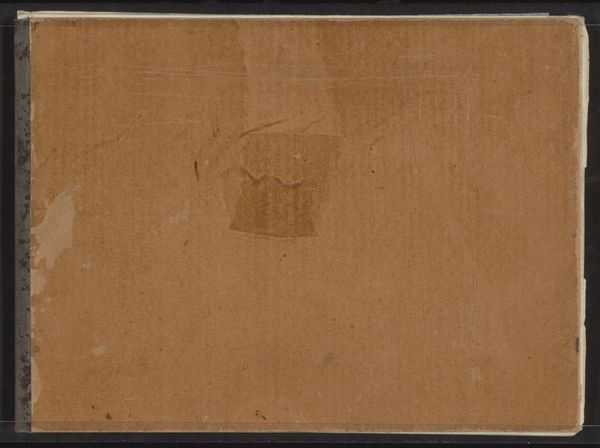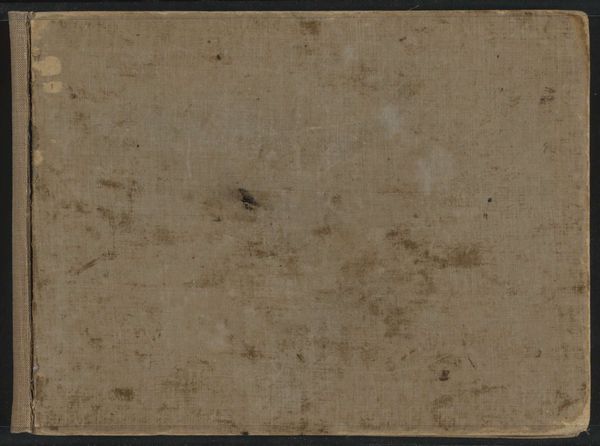
drawing, paper, ink
#
drawing
#
paper
#
ink
#
romanticism
#
watercolor
Copyright: Public Domain
Karl Peter Burnitz’s ‘Skizzenbuch’ or ‘Sketchbook’ holds a collection of drawings that offer a glimpse into the world as perceived by a 19th-century artist. Burnitz, who was born in 1824, lived during a time of significant social and political change in Europe. The rise of industrialization and urbanization was transforming landscapes and societies. The sketchbook is more than just a collection of images; it is a document of the artist’s interaction with these evolving environments. The intimate nature of a sketchbook invites us to consider the artist’s personal experiences and beliefs. The drawings may reflect Burnitz’s aesthetic preferences, social commentary, or even his own sense of identity within a changing world. It encourages us to reflect on our own perceptions of the environment. What stories do our surroundings tell about who we are and where we come from?
Comments
stadelmuseum about 2 years ago
⋮
The format and binding of this undated sketchbook, as well as the strokes and depicted motifs, are close to those of SG 2365 from the Städel Museum, which was presumably in use around the same time. In both cases, Peter Burnitz used a pencil to draw primarily architectural views – including medieval castles – and studies of trees. He often used a brush to colour his carefully laid out, mostly elaborate depictions in subtle shades of brown, blue and grey.The drawings were mainly made from nature: almost all of the captured castles are located in the Odenwald and on the Neckar, and were probably recorded by Burnitz in his sketchbook during a hike. The views also reveal some minor imperfections in perspective. On the one hand, they are similar to the architectural drawings in the artist’s earlier dated books (see Inv. SG 2357 to SG 2361, Städel Museum), but, on the other hand, they differ from the architectural depictions in the sketchbook SG 2365, which were possibly based on models and were very well composed in their perspective. Similar to this, the sketchbook at hand probably dates from the early period of Burnitz’s work, roughly the late 1830s and early 1840s.For a full sketchbook description, please see “Research”.
Join the conversation
Join millions of artists and users on Artera today and experience the ultimate creative platform.

